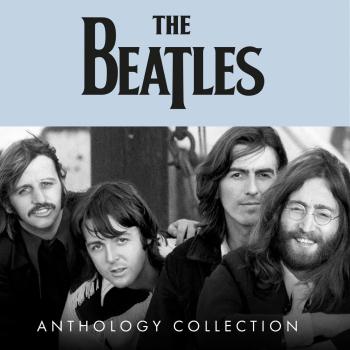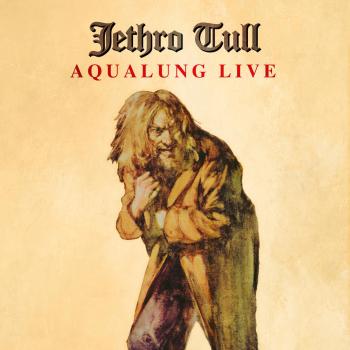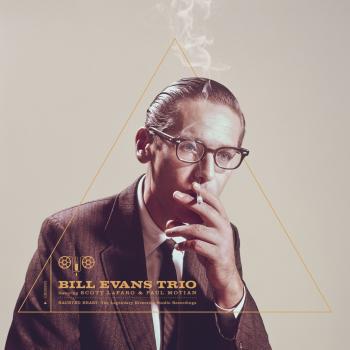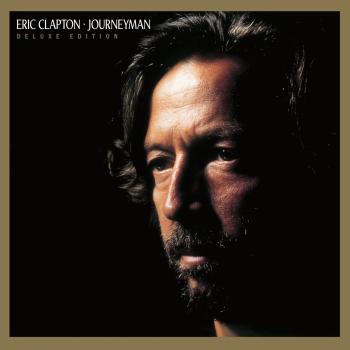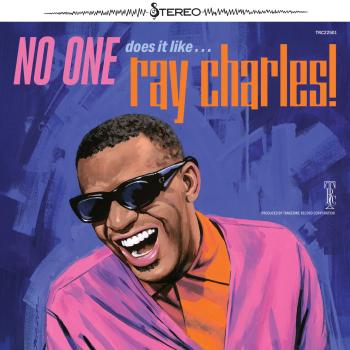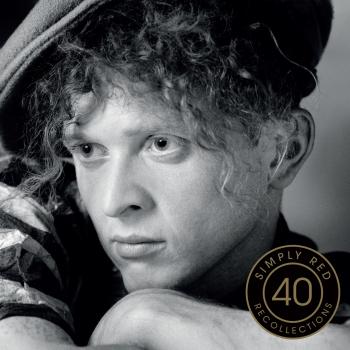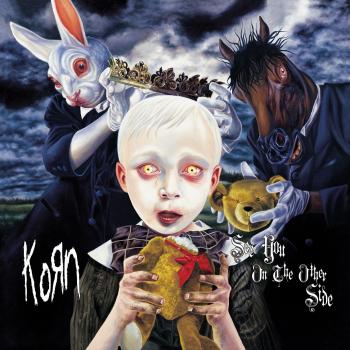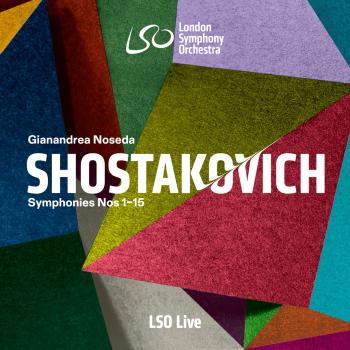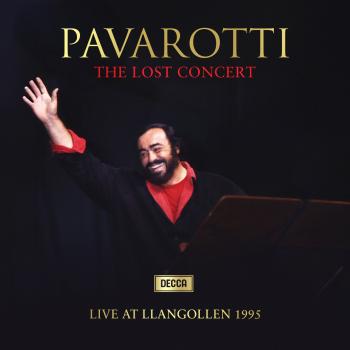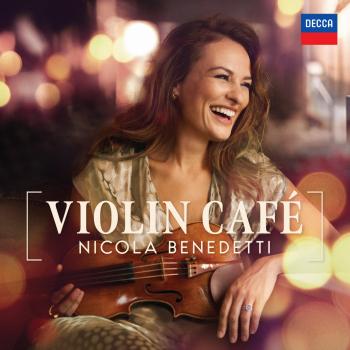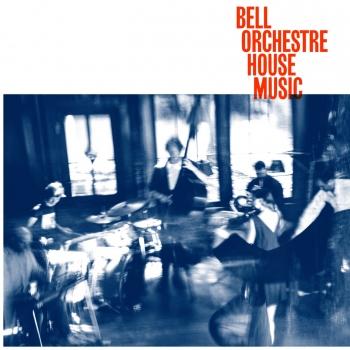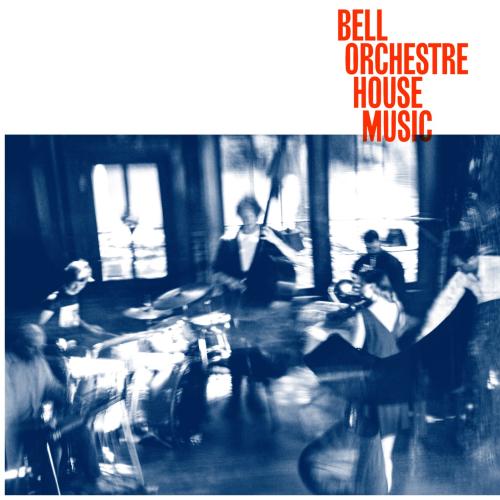
House Music Bell Orchestre
Album Info
Album Veröffentlichung:
2021
HRA-Veröffentlichung:
19.03.2021
Das Album enthält Albumcover
- 1 I: Opening 00:32
- 2 II: House 04:33
- 3 III: Dark Steel 04:07
- 4 IV: What You're Thinking 05:24
- 5 V: Movement 05:28
- 6 VI: All the Time 03:31
- 7 VII: Colour Fields 06:10
- 8 VIII: Making Time 07:06
- 9 IX: Nature That's It That's All. 04:36
- 10 X: Closing 02:16
Info zu House Music
Erased Tapes announce Bell Orchestre’s House Music — an immersive ecosystem of an album to be released on March 19, and the first full-length work released by the acclaimed Montreal-based outfit in over a decade. House Music unfolds as one long piece, a recorded-then-sculpted improvisation that vastly expands their work, coalescing classical and electronic instrumentation in the creation of genre-defying musical worlds.
After having shared the short film ‘IX: Nature That’s It That’s All.’ — which layered archival visuals of blissed-out crowds at a carnival over one of the later, dreamier sections of House Music — Bell Orchestre presents a video for the one-track album’s most anthemic and explosive segment, ‘V: Movement’, directed by band-member Kaveh Nabatian.
In the album’s liner notes, the group recalls countless moments when, in kinetic moments of improvisation, “a nuanced piece of music would emerge organically, completely formed, without any plan or discussion or rational thought” — and then be lost because it wasn’t recorded. In conceiving a new album, they decided to celebrate the spontaneous and accidental, to centrally situate the act of collaborative, democratic creation in their finished work. With the legacies of improvisation-exploring greats like Talk Talk, The Orb, Bitches Brew-era Miles Davis and the late Ennio Morricone in mind, on House Music, Bell Orchestre captures the impulsive, connective, mysterious poetics of musical invention happening in real-time.
With help from engineer Hans Bernhard, the band wired every corner of Sarah Neufeld’s (Violin, vocals) multi-story rural Vermont house. She and the mini orchestra’s other five members — Pietro Amato: French horn, keyboards, electronics; Michael Feuerstack: Pedal steel guitar, keyboards, vocals; Kaveh Nabatian: Trumpet, gongoma, keyboards, vocals; Richard Reed Parry: Bass, vocals; and Stefan Schneider: Drums — assigned themselves to different rooms. They spent two weeks together in camaraderie, creation, and focused isolation to record their improvised sessions every day, but ultimately structured a 45-minute album out of a one hour-and-a-half long improvisation.
“If you sliced away the front wall of the house and looked in, you’d see the horn section — with so many different things going on — down on the first floor of what would normally be the living/dining room, and it was full chaos with tables and tables of kalimbas and harmonicas and synthesizers and horns. Then you travel up a floor, and there’s me and Richie in an empty, warm sounding wooden bedroom. Mike was on pedal steel in the bathroom, on the same floor as us. And then up the stairs, through the ceiling and in the attic, was Stefan, alone on drums. It’s a big piece of land, and if you went outside to take a break, you’d look over and hear all of this crazy shit coming out of all the different floors, and it filled this valley, and there were lots of rocks so the sound would bounce around. It was spooky and glorious”, describes Sarah.
While edited and trimmed, and occasionally added to, the album itself is in large part the original recording — with the broad structure of its movements kept intact. This single piece of music — written almost entirely as it was being recorded — emerged with no parameters beyond the inclusion of a short harmonic loop Parry had brought in as a starting point, which coheres and propels the album as it moves forward through the birth; vigorous, unrestrained growth; and ultimate slowdown of the musical ecosystem it creates. What the band generated is an album that lays bare the contours of a lived musical moment.
“Most of my favorite recordings have some element of an explorative and accidental feeling within the music, a feeling which reflects the truth of musical minds which are partially super focused on specific musical ideas and partially wandering, exploring the musical world surrounding those ideas,” says Parry. “I think it’s really satisfying as a listener when you can hear a musical mind exploring an idea — not just a musician who has pre-formed an idea and rehearsed it 100 times until it’s totally perfect and ironed out. In this recording, every one of the six of us is simultaneously exploring our own ideas, deeply listening to each others’ wide open minds and also totally immersed in our own strange and beautiful little internal musical worlds.”
Pietro Amato, french horn, keyboards, electronics
Michael Feuerstack, pedal steel guitar, keyboards, vocals
Kaveh Nabatian, trumpet, gongoma, keyboards, vocals
Sarah Neufeld, violin, vocals
Richard Reed Parry, bass, vocals
Stefan Schneider, drums
Bell Orchestre
is a collaborative instrumental group based in Montreal. Its six members come from wildly divergent musical backgrounds, and the unlikely chemistry that results from their collaboration is the very thing that sustains their connection. It’s as if the group as a whole has tapped into a very particular, very distinct energy: like that of an approaching storm. In many ways, Bell Orchestre is the sum of not only its parts, but the sum of its influences and inspirations. Among those influences can be listed such diverse artists as Lee “Scratch” Perry, Arvo Pärt, Charles Mingus, and Talk Talk. But ultimately they work together to create something that none of them has quite heard before.
Bell Orchestre has been known to retreat into the woods to make and write music: from a residency at the Banff Centre for the Arts, to the forests of Quebec and Vermont, and back to their hometown of Montreal. The specifics of time and place, the elemental forces at work outside, and those forces that exist inside, all come into play within Bell Orchestre’s musical process. This particular music could be made by no one else at no other time in history.
The experience of listening to Bell Orchestre, whether live or recorded, is almost that of experiencing a form of synaesthesia: the result is a collage-like construction of not just sound, but visual elements as well. From a herd of elephants to that approaching storm on the horizon, from a quiet forest in the country to ice forming on a city street, from watching vapour trails disappear in the sky to watching the changing light of dusk through a window. The result then is not so much cinematic as it is evocative: Bell Orchestre have not just written the music to the film – they have created an invisible film that only comes to life in the listening.
The band’s second album As Seen Through Windows came won a Juno award in 2009 for Best Instrumental Album. Their debut, Recording a Tape the Colour of the Light was also nominated for a JUNO in 2006. Also in that same year, the band collaborated and performed with Edouard Lock, founder/choreographer of LA LA LA Human Steps, in celebration of the legendary dance company’s 25th anniversary. Bell Orchestre has toured extensively, playing concert halls and dingy squats as far afield as Lithuania and Dawson City, Yukon.
The band signed to UK avant-garde label Erased Tapes in late 2020, followed by the announcement of their first full-length album in over a decade: House Music — an immersive ecosystem of an album to be released on March 19, 2021. House Music unfolds as one long piece, a recorded-then-sculpted improvisation that vastly expands their work, coalescing classical and electronic instrumentation in the creation of genre-defying musical worlds. In the album’s liner notes, the group recalls countless moments when, in kinetic moments of improvisation, “a nuanced piece of music would emerge organically, completely formed, without any plan or discussion or rational thought” — and then be lost because it wasn’t recorded. In conceiving a new album, they decided to celebrate the spontaneous and accidental, to centrally situate the act of collaborative, democratic creation in their finished work.
Dieses Album enthält kein Booklet

